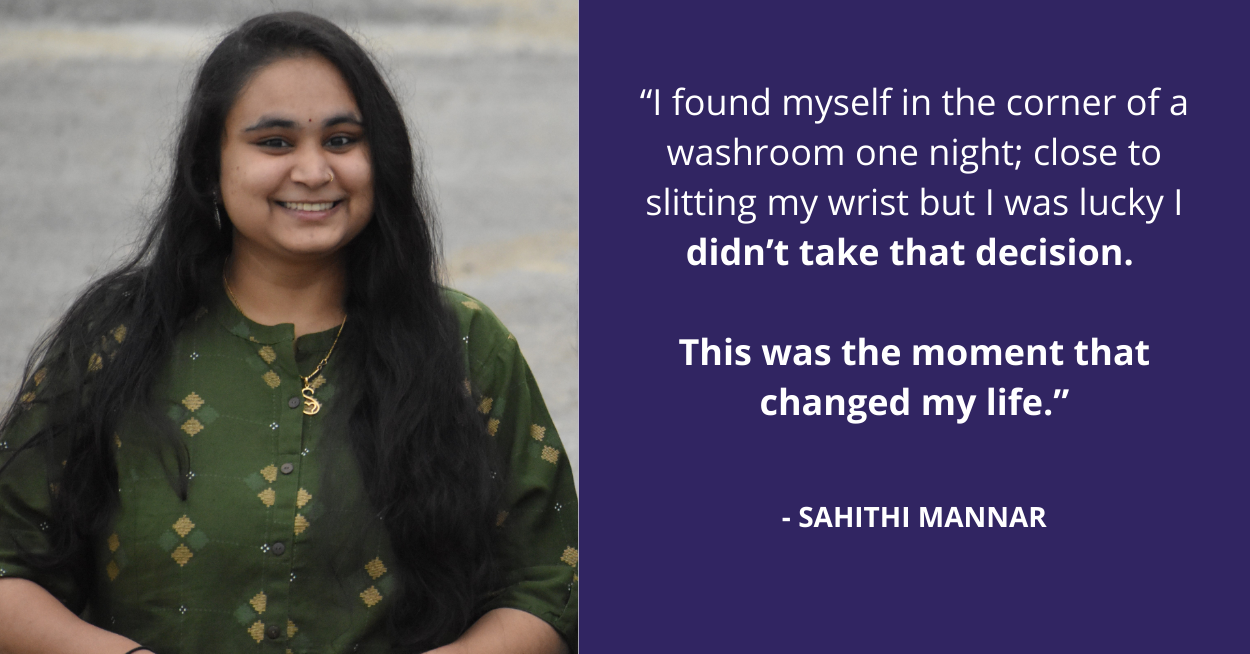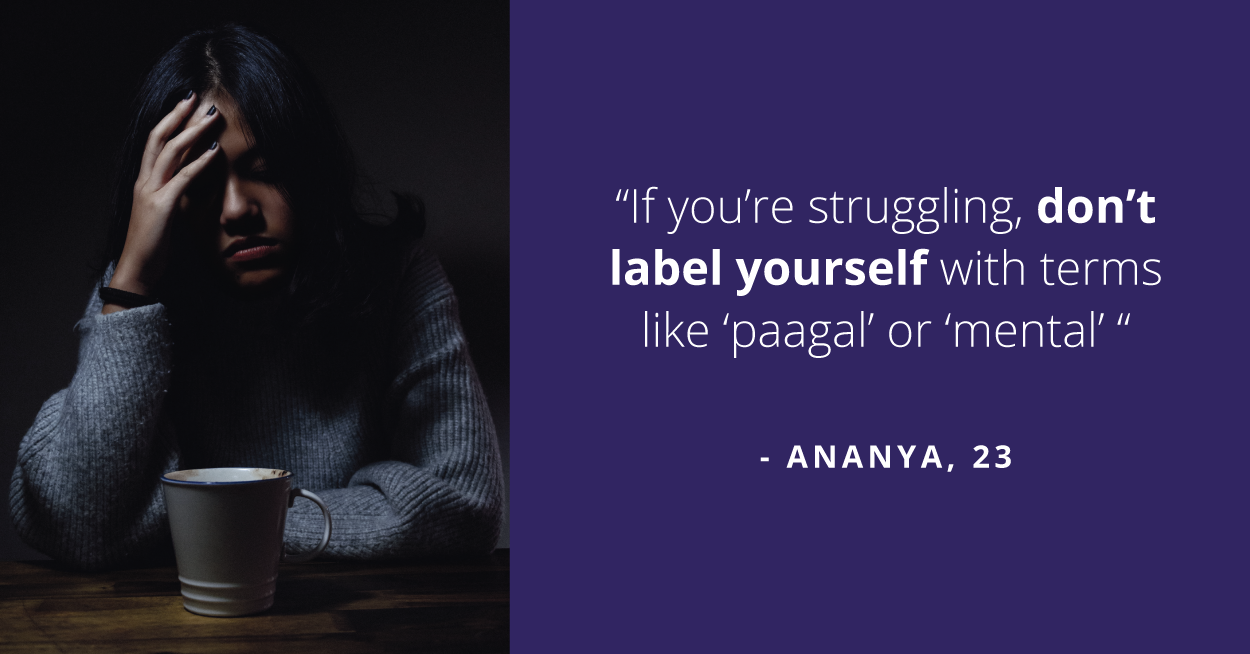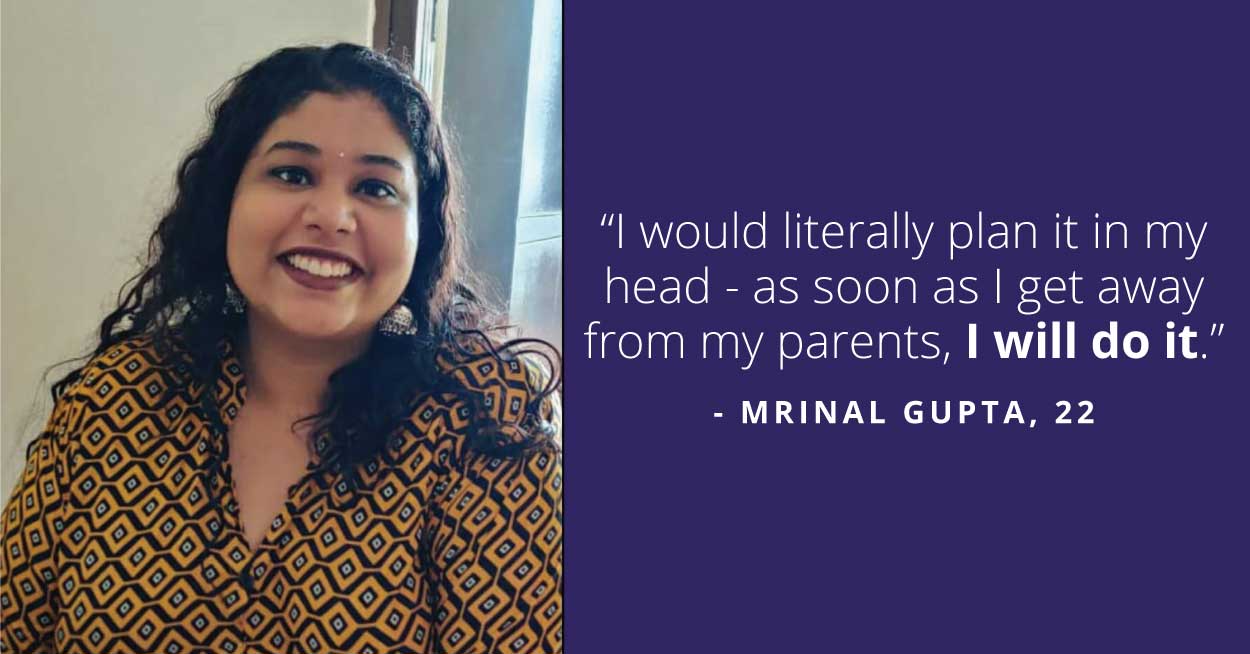An international statistic by UN Women says that 1 in every 3 women experience some form of sexual violence at least once in their life time.
Living in a society where the value attached to pride, honour and social standing is higher than safety and security of people we love has created a culture of silence surrounding the issue of sexual violence.
Sexual violence is an umbrella term that encompasses all forms of non-consensual sexual behaviour including:
- Rape or sexual assault
- Child sexual assault and incest
- Intimate partner sexual assault
- Unwanted sexual contact/touching
- Sexual harassment
- Sexual exploitation
- Showing one’s genitals or naked body to other(s) without consent
- Masturbating in public
- Watching someone in a private act without their knowledge or permission
Social factors stemming from patriarchy including but not limited to victim blaming, lack of gender sensitisation and the general apathy towards the gendered nature of violence all contribute to the low rate of reporting of incidents of sexual violence especially incidents occurring in public spaces.The common attitude towards forms of sexual violence prevailing in public spaces is one of indifference. Ask any woman, who has ever been sexually harassed in a public place if she reported the incident to the police, the most common reply will be no.
If we dig deeper into why there aren’t enough people reporting cases of sexual harassment in public spaces, we will realise that most people aren’t aware of what constitutes sexual harassment. We have all been socialised to believe that incidents like ogling, groping, catcalling, making indecent gestures, unwanted physical advances and sexual invites in public spaces is a common everyday episode and is therefore not talked about often, let alone being reported.
Therefore, if we don’t have enough people reporting cases of sexual harassment in public spaces, the law enforcers have no impetus to take proactive action on combating this problem.
Safecity, a non profit organisation in India is working to bridge this gap by documenting personal stories of sexual harassment and abuse in public spaces. These stories which maybe anonymous, get aggregated as hot spots on a map indicating trends at a local level.
By collecting these reports through campaigns, workshops and awareness programs with schools, colleges, local communities and partners, Safecity is trying to break the culture of silence and document every instance of harassment and abuse in public spaces. This crowdsourced data set which was previously non-existent is the key to starting a serious dialogue on the problem of sexual harassment and engaging individuals, communities and public institutions to come up with effective solutions.
Launched on 26 Dec 2012, Safecity has since collected over 6000 stories from over 50 cities in India and Nepal.
Safecity and YourDOST have partnered to increase reporting of and dialogue on sexual harassment. If you would like to report an incident of sexual harassment, please log on to their website: www.safecity.in



